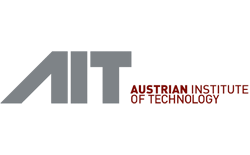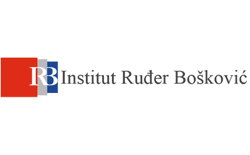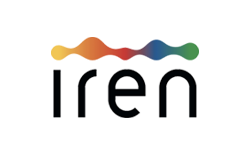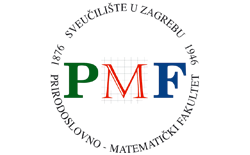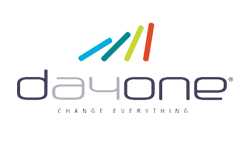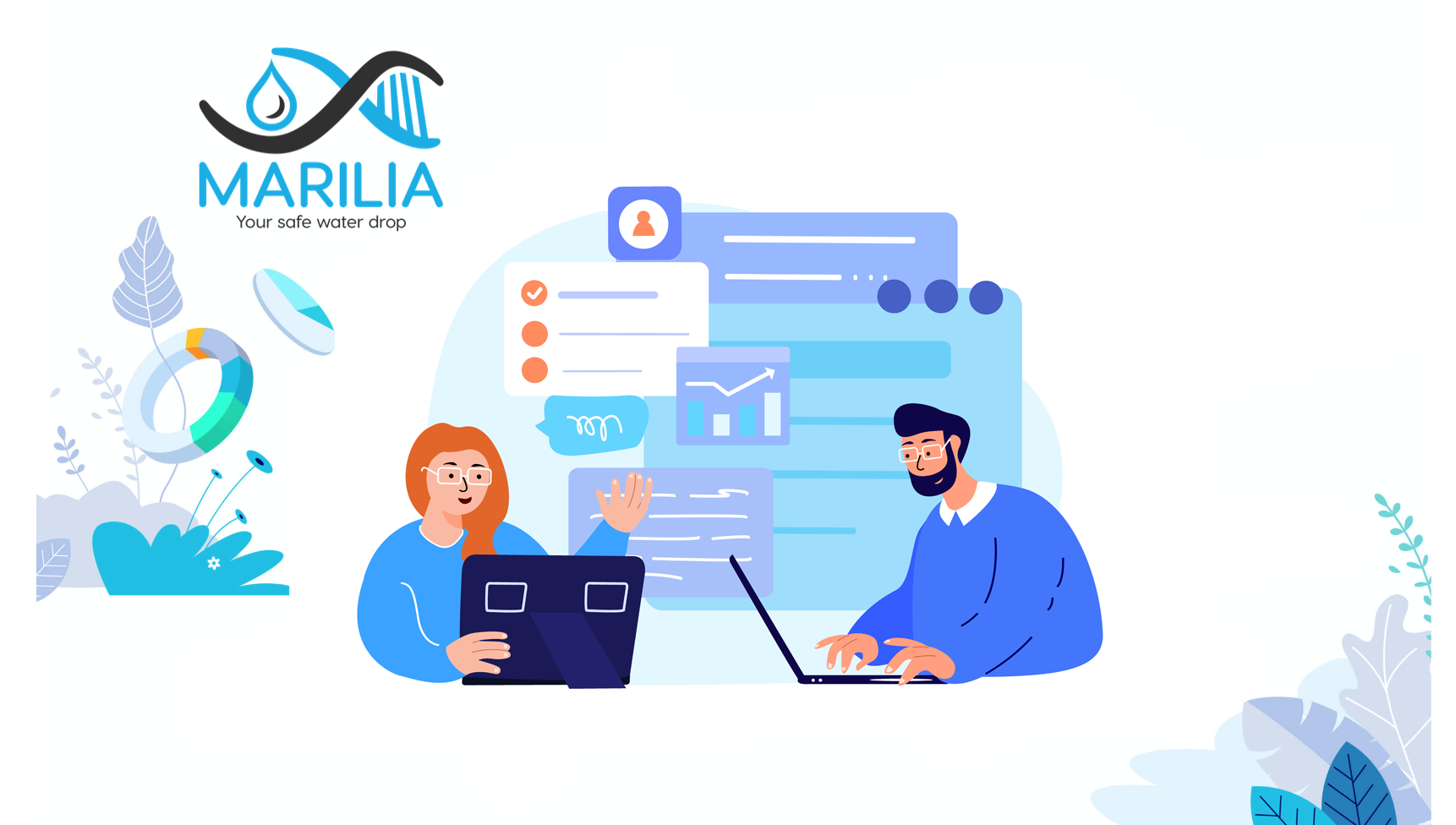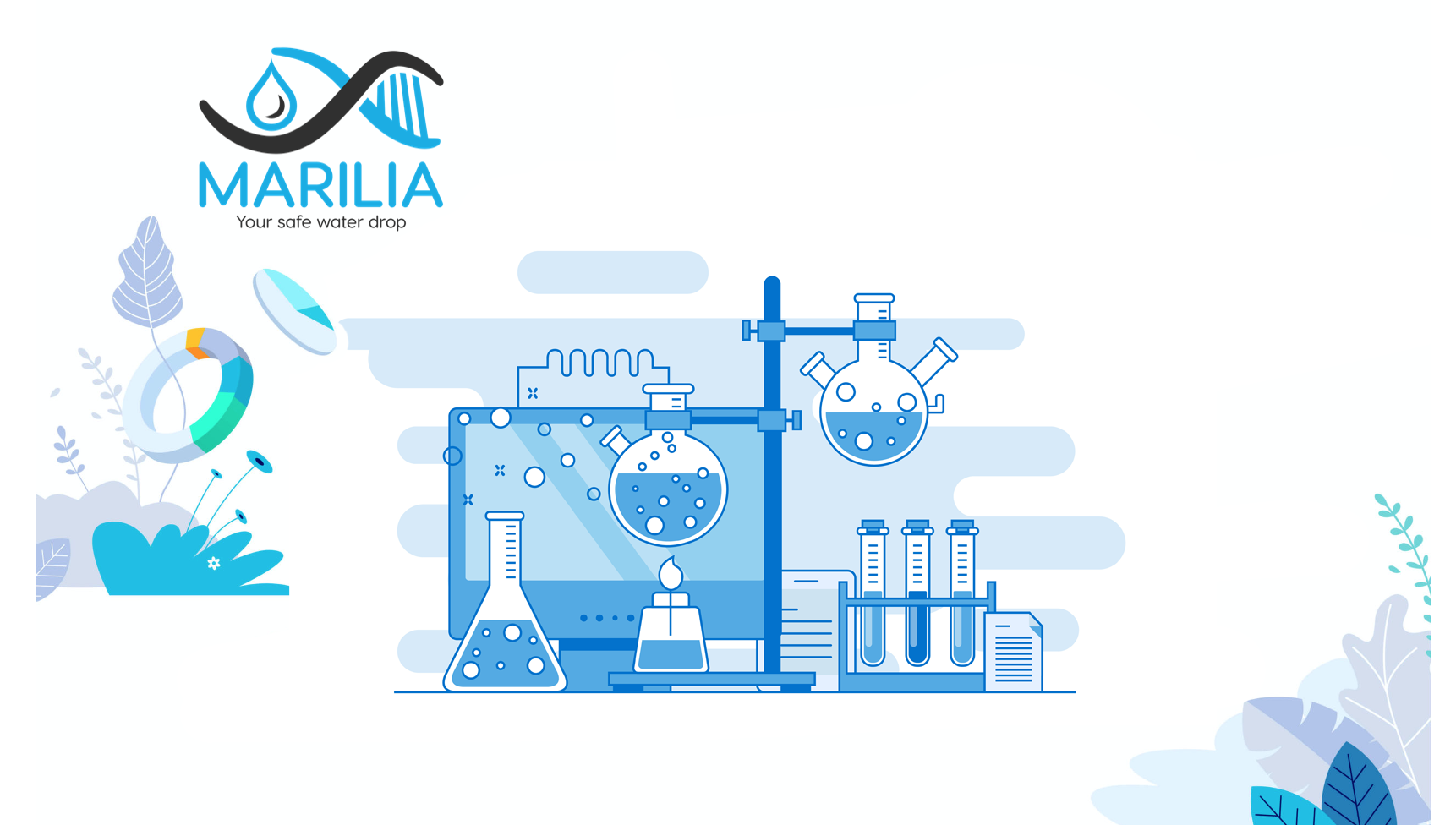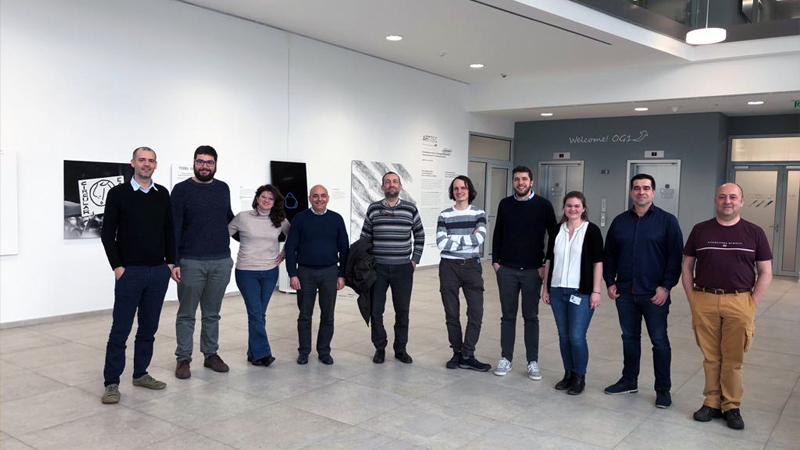A new approach in the detection of pathogens in water
In MARILIA, we take advantage of the results, concepts, and technologies obtained in the MARA project to develop a low-cost, instrument-independent pathogen detection system for water samples. For this purpose, we propose a novel detection concept that will overcome the limitations of current detection approaches.
The MARILIA assay will have the capability of protecting chemical, pulp and paper, microelectronics, metal-working, pharmaceutical, food, beverage, and drinking water companies against microbiological contamination entering their industrial process water and ending up in their products.
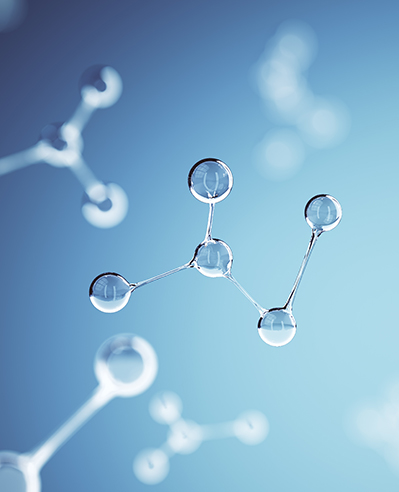
Nowadays millions of tons of inadequately or insufficiently treated sewage, industrial and agricultural waste are released directly into the groundwater, rivers, lakes, and oceans, thus introducing numerous species of pathogenic agents. This contamination is not only detrimental to our natural ecosystems, but also affects humans directly, e.g., due to the introduction of these pathogenic agents into the food and beverage manufacturing process.
In addition, various industrial sectors such as the food, chemical, pharmaceutical, pulp and paper, micro-electronics, textile, and metal-working industries also require huge quantities of high-quality water for their processes. The water to be used in manufacturing processes must meet specific quality requirements, because the inadequate water quality may seriously affect the production units and the quality of products.
The current procedures are mostly carried out manually, using bacterial culture plating methods or (to a much smaller degree) using expensive molecular methods such as Enzyme Linked Immunosorbent Assays (ELISA), reporter enzyme-dependent detection and Polymerase Chain Reaction (PCR). Cultivation-based approaches require enterprises to wait for 48-72 hours for the results and skilled personnel and access to a microbiological laboratory. Due to economic reasons, these cultivation-based methods are still the state of the art today.
In contrast, molecular techniques can be implemented within automated, on-site testing devices that are able to identify bacteria within hours. However, the current molecular technologies able to detect low cell numbers require expensive reagents, consumables, and sophisticated instruments resulting in costs of more than 50 €/test.
This makes the currently available molecular techniques unattractive for the purpose of agricultural, food, and liquid safety routine testing applications, as the costs of these tests often surpass the value of the analysed products.
In MARILIA, we aim to develop a breakthrough pathogen detection assay for monitoring water safety that significantly increases the speed and assay performance, whilst reducing costs. Especially the number of pathogenic species that can be detected with a single test will be increased, making it possible to use only a single assay for water safety testing.



